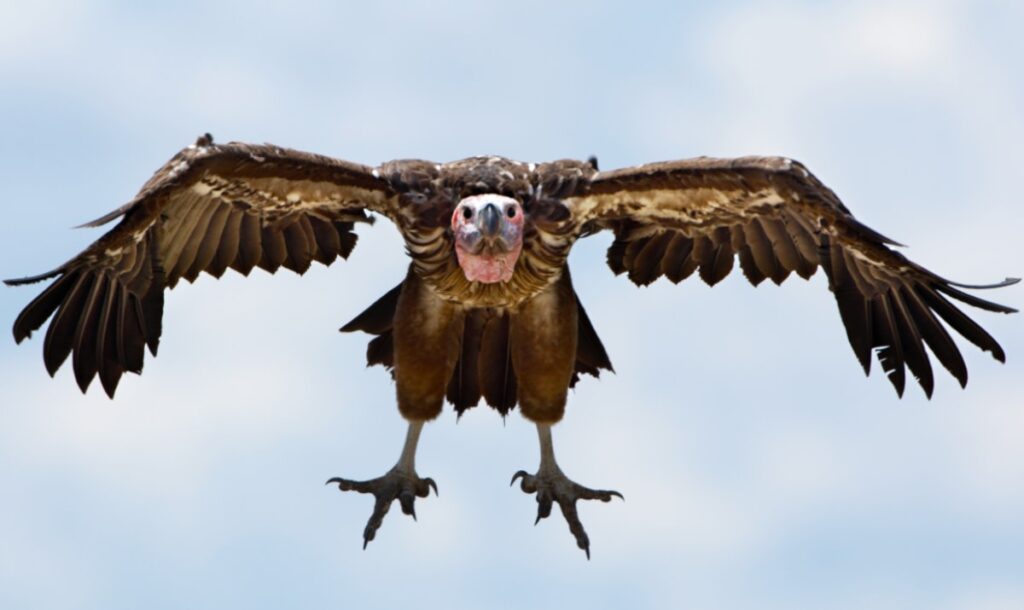On December 5th, a harrowing aviation incident unfolded in Brazil’s Amazonas state when a pilot was compelled to execute an emergency landing after a vulture crashed through the cockpit’s windshield. Remarkably, both the pilot and his five passengers emerged unharmed from the terrifying encounter with the massive bird. The ill-fated flight originated from the municipality of Envira and was bound for Eirunepé. The shocking contrast between the violent nature of the incident and the lack of injuries is underscored by graphic images and video footage showing the dead vulture suspended from a large hole on the left side of the windshield, with blood coating the glass and debris scattered across the cockpit area.
Despite the chaos, the pilot maintained his composure throughout the turbulence. As the wind gusted through the shattered windshield, he successfully navigated the aircraft safely back to the ground. Though visibly rattled, his calm demeanor was vital in steering the plane away from disaster. The gravity of the situation was particularly evocative; in recordings captured during the ordeal, the pilot can be heard expressing relief at avoiding catastrophe, describing the scene as a “close call.” He attributed the presence of the vultures to a nearby landfill that has been attracting a significant number of these scavengers, which poses an ongoing threat to aviation in the area.
Local media outlets have echoed the pilot’s concerns, linking this alarming incident to the proximity of a landfill near the airport, where vulture populations are drawn for scavenging. The fact that such a hazardous situation could arise from unchecked waste disposal emphasizes the need for better waste management practices in areas close to airport operations. Commenting on their near brush with disaster, one passenger described the experience as terrifying, expressing disbelief at their miraculous survival given the circumstances. The incident highlighted the precarious nature of flying in regions where wildlife and aircraft intersect due to environmental factors.
This shocking occurrence is reminiscent of a similar situation from the previous year in Ecuador, where a crop duster was struck by a large bird—believed to be an Andean Condor—while in flight. This too resulted in significant damage to the aircraft’s windshield, leaving the pilot injured yet capable of landing safely. Such cases draw attention to the broader issue of wildlife strikes in aviation, which can range from benign to fatal, thus calling into question the safety measures in place at airports, particularly those situated near landfills or wildlife habitats.
This incident in Brazil serves as a stark reminder of the latent dangers that pilots sometimes confront. While air travel remains one of the safest modes of transportation, factors like wildlife interaction can escalate risks unexpectedly. Aviation authorities and flight safety experts may need to revisit procedures for airports located near potential wildlife attractions, such as landfills, to implement more robust measures that could mitigate these risks effectively.
In recounting the harrowing experiences of both pilots and passengers in wildlife-related aviation incidents, a broader discussion emerges concerning environmental management and safety within air travel. This incident should prompt regulatory bodies to engage in proactive dialogue surrounding wildlife management strategies around airports, ensuring that measures are implemented to protect both aircraft and the surrounding ecosystems while also promoting public safety. The balance between environmental stewardship and aviation safety is delicate, but necessary to ensure that incidents like the vulture crash in Brazil remain rare anomalies rather than common occurrences.

